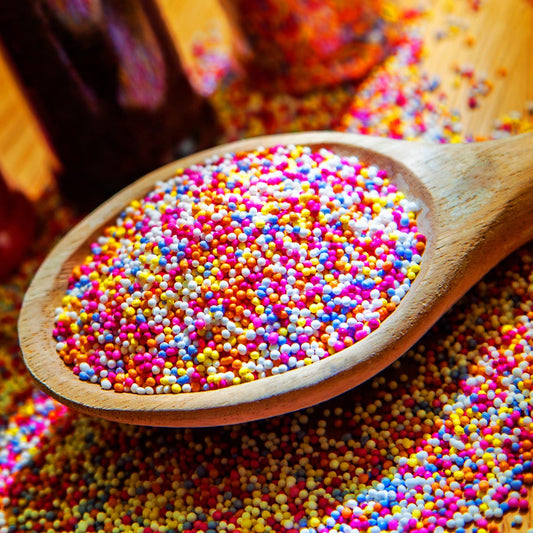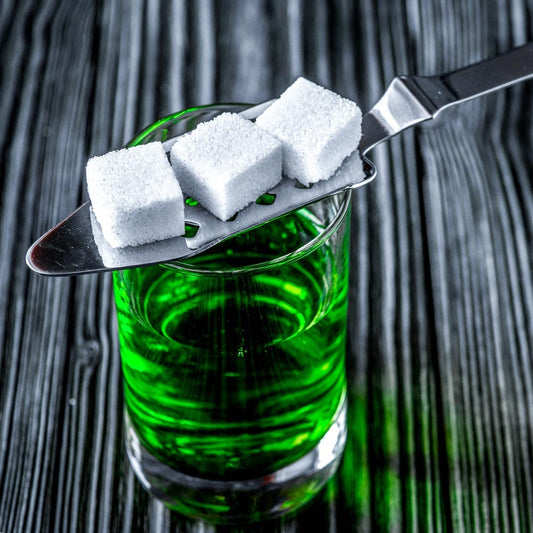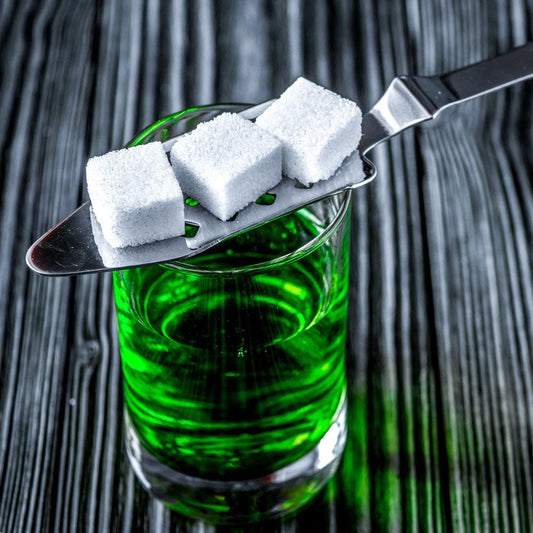Enter Your Email Address
HTP Wicks
Recommended Wax Type: Soy.
HTP wicks are made of cotton which feature braided paper fibers to enhance the rigidity of the material. They have a softer burn (which is good for soy) with a tendency to slightly curl as they burn. They also have the useful property of self-trimming; however, it is always good practice to trim them when required.
 Shop Now
Shop Now
CDN Wicks
Recommended Wax Type: Palm wax, paraffin wax and soy wax.
CDN Wicks possess a flat-braid style and are compatible with more types of wax than the HTP range. One of their main advantages is that they are zinc-free and offer enhanced rigidity and burning properties for natural waxes. Whilst they tend to be a little more versatile than their HTP counterpart, they also tend to be a little more vulnerable to ‘mushrooming’ (gather as a carbon ball) as they burn - requiring a trim after each burn.
 Shop Now
Shop Now
Wooden Wicks
Recommended Wax Type: Soy, palm, paraffin, and soy-paraffin blends.
Our wooden wicks burn like a natural crackling flame creating a campfire ambiance. These all-natural wicks are treated with a clean and patented burning agent; however, they require your own personal testing in order to get the ideal burn for your candles.
 Shop Now
Shop Now
TYPE & THICKNESS
(BURN DIAMETER)
HTP 31 to HTP XL-100
CDN 3 to CDN 22
Wicks are numbered from the lowest to the highest. For example, the CDN-3 is the smallest wick in the CDN range, and this means that it has a smaller flame and is suitable only for the smaller-type products such as tealights. On the contrary, the CDN-22 is for large tins and glassware and has a larger flame. The same applies to the HTP range of wicks, the HTP 31 being the smallest and the HTP XL-100 being the largest.
LENGTH OF WICK
27mm, 33mm, 150mm or 300mm
27mm – Suitable for tealight candles only.
33mm - Suitable for larger tealight cups.
150mm - Suitable for tins and glassware and have a tab on the bottom.
300mm - Suitable mostly for pillar-type candles. They have no tabs on the bottom, but, if need be, tabs can be manually applied.
DIAMETER AND HEIGHT OF METAL TAB
15mm (Dia) x 3.8mm (Height) or
20mm (Dia) x 6mm (Height)
The metal tab anchors and secures the wick to the bottom of the container and stops the flame near the bottom so that the heat does not transfer to the base of the container. The idea behind the 20mm x 6mm tab is that the height of it is longer than the 15mm x 3.8mm tab. As the candle burns down, it stops at a certain point leaving a bit of wax at the bottom which can help alleviate glass breakages. If a candle is left to 'burn out', it increases the chances of glass breakages as the glass heats up the most at this point.
- Choosing a selection results in a full page refresh.










